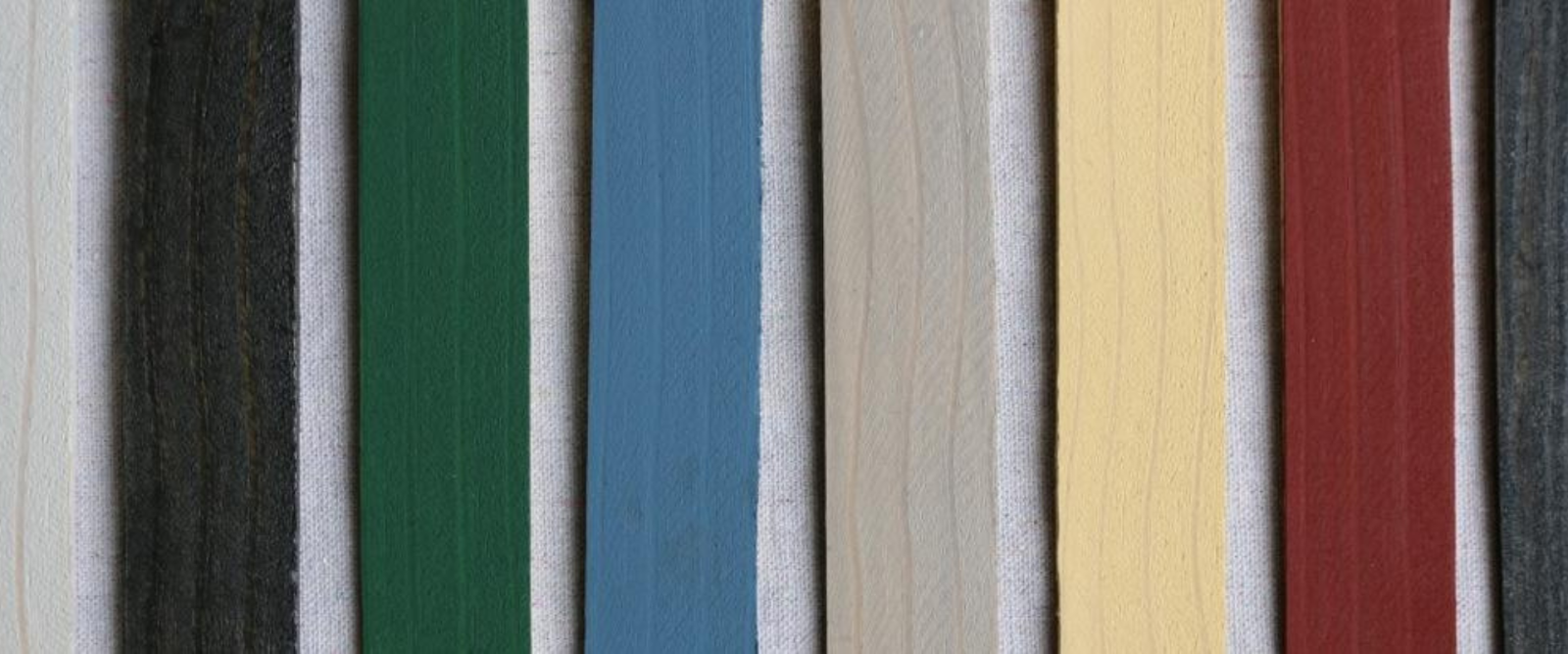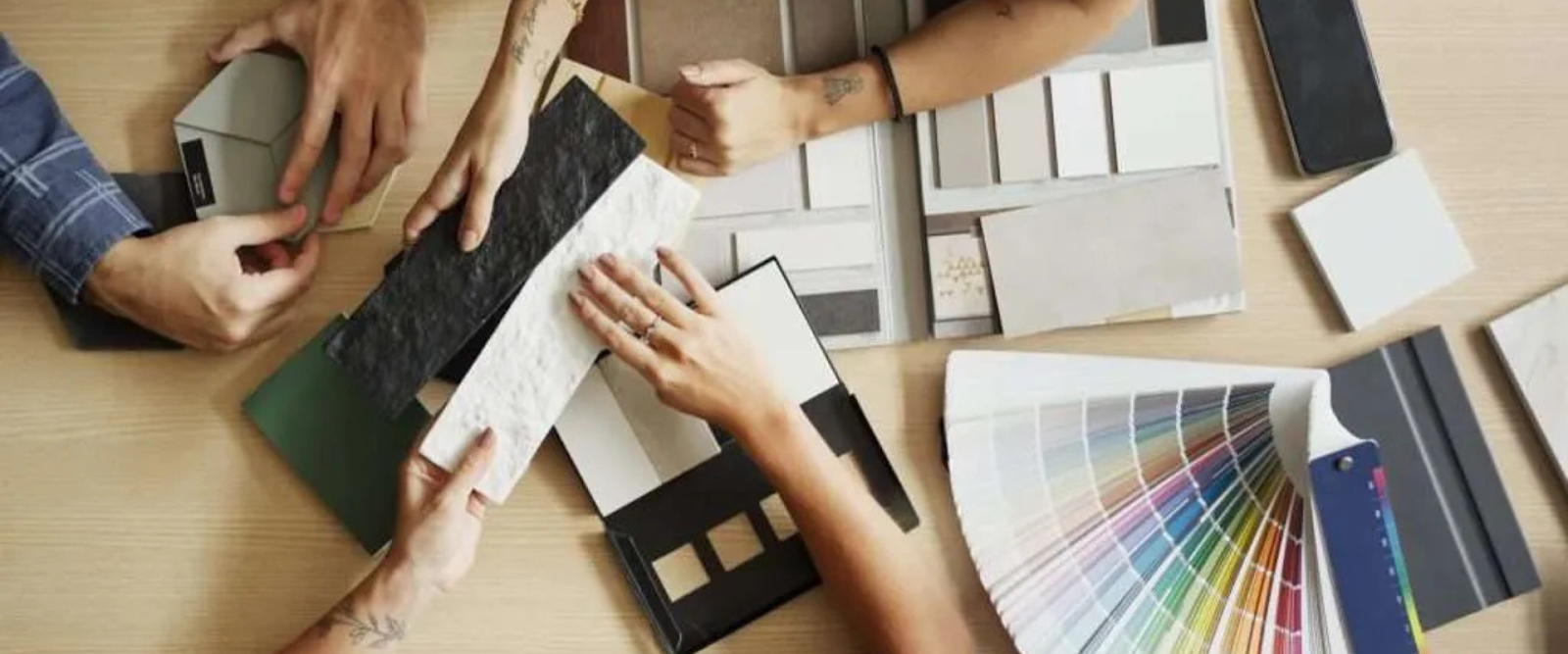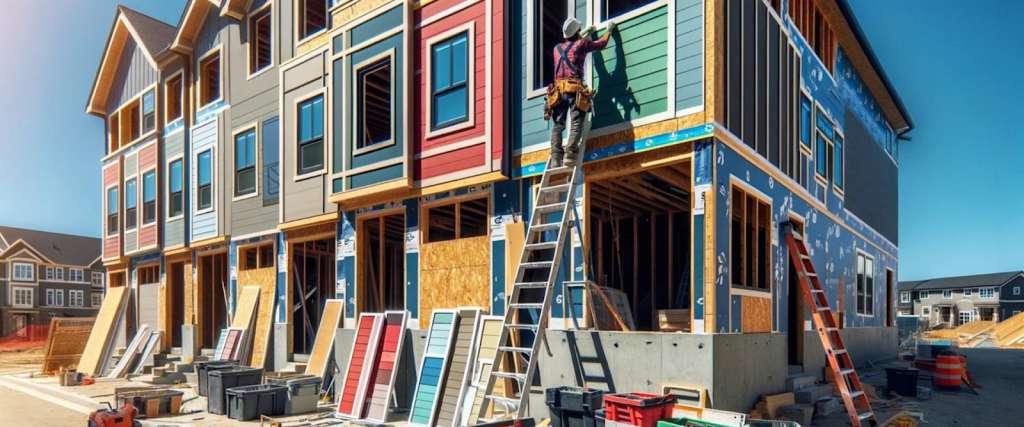Picking the right siding color for your home transforms its look and boosts the house’s exterior curb appeal. At Selective Remodeling, we know this choice impacts your home’s style, value, and energy efficiency. The process involves balancing personal taste with practical factors like climate, architecture, and neighborhood vibes.
This guide shares actionable tips to help you choose siding color confidently, weaving in siding color ideas and exterior color trends to inspire you. Whether you’re refreshing your home or starting fresh, these insights simplify the decision-making process.
Why Siding Color Matters for Your Home
Your home’s siding color sets the tone for its overall appearance. It’s one of the first things people notice, shaping their impression of your property. A well-chosen color enhances home siding design, complements your home’s architecture, and reflects your personality. Beyond aesthetics, siding color affects energy efficiency; lighter shades reflect heat, keeping your home cooler, while darker tones absorb heat, which suits colder climates.
Selecting the right hue also adds value. A cohesive, appealing exterior makes your home stand out in the real estate market. With endless siding color ideas to explore, you’ll want to consider both style and function to make an informed choice. High-quality siding material ensures your color choice endures over time.
Factors to Consider When You Choose Siding Color
Match Your Home’s Architectural Style
Your home’s architecture guides your color palette. Traditional homes, like Colonials, often suit classic colors such as whites, creams, or soft grays. Modern homes tend to favor bold or neutral tones, such as charcoal, navy, or sleek beige.
For Craftsman-style homes, earthy tones like sage green or warm browns enhance natural charm. Study your home’s design to pick a color that complements its lines and features. This approach supports cohesive home siding aesthetics.
Consider Your Climate
Climate impacts how siding colors perform. In hot regions like Nassau County, light colors like pastels or off-whites reflect sunlight, reducing cooling costs. In cooler areas, darker shades like deep blues or forest greens absorb heat, keeping your home warmer.
Also, consider how weather affects color durability. UV rays can fade vibrant hues over time, so opt for high-quality siding material that resists fading.
Blend with Your Neighborhood
Your neighborhood’s aesthetic matters. While you want your home to stand out, clashing with surrounding homes can feel jarring. Observe nearby houses in places like Suffolk County for inspiration. If neutral tones dominate, consider subtle variations like taupe or soft blue to add personality while maintaining harmony. This approach boosts house exterior curb appeal without breaking community cohesion. Consider siding trends that align with local styles.
Test Colors in Different Lighting
Colors look different under varying light conditions. A shade that pops in the morning sun might dull at dusk. Before committing, test samples on your home’s exterior. Paint small swatches or use siding samples to see how colors shift throughout the day. This step ensures your chosen hue looks great in all lighting scenarios, a key part of choosing siding shades.

Popular Siding Color Ideas for 2025
Neutral Tones for Timeless Appeal
Neutrals like gray, beige, and white remain go-to choices for their versatility. Light gray offers a clean, modern vibe, while warm beige suits traditional homes. White siding creates a crisp, classic look that pairs well with bold accents like black trim. These shades are low-risk and boost home siding design across various architectural styles. Consider wood siding for a natural, timeless finish.
Bold Colors for a Statement
For homeowners craving drama, bold colors like navy blue, forest green, or even deep red make a statement. These hues work best on simpler home designs, where the color can shine without overwhelming the architecture. Pair bold siding with neutral accents to balance the look. Bold choices reflect exterior color trends favoring confident, personalized aesthetics.
Earthy Tones for Natural Harmony
Earth-inspired colors like sage, terracotta, or olive green blend beautifully with natural surroundings. These shades suit homes in wooded or suburban settings, creating a grounded, organic feel. Earthy tones align with siding color ideas that emphasize eco-conscious design and timeless charm. They also pair well with siding replacement projects, aiming for a fresh, natural look.
Two-Tone Combinations
Two-tone siding is trending for 2025. Combine a primary color, like soft gray, with an accent shade, such as navy or mustard yellow, on trim or gables. This approach adds depth and highlights architectural details, enhancing home siding design. Ensure the tones complement each other for a cohesive look.
How to Choose Siding Color with Confidence
Start with Inspiration
Browse design platforms like Pinterest or Houzz for siding color ideas. Create a mood board with colors that catch your eye. Look at homes similar to yours in areas like Huntington or Melville for real-world examples. This process sparks creativity and helps you visualize what works for your space.
Use Color Visualizers
Many siding manufacturers offer online color visualizers. Upload a photo of your home and test different shades virtually. These tools show how colors pair with your home’s features, making it easier to choose siding color. Check with siding contractors for access to these tools or professional advice.
Coordinate with Existing Elements
Your home’s fixed elements, such as the roof, brick, or stonework, set the stage for your siding color. A red brick facade pairs well with warm grays or creams, while a dark roof complements lighter siding like pale blue. Coordinate with these features to create a unified look that elevates the house exterior curb appeal. This step is crucial when opting for new siding.
Sample and Compare
Always test samples before deciding. Order siding swatches or paint test patches on your exterior. Live with them for a few days to see how they feel. Compare options side by side to confirm your choice aligns with your vision and home siding design goals. This helps avoid costly mistakes during siding installation.

Accent Colors and Trim for a Polished Look
Siding color sets the foundation, but accents and trim tie the look together. Choose trim colors that contrast or complement your siding. For example, white trim pops against dark siding, while black trim adds sophistication to light siding. Accent areas like shutters, doors, or gables with bolder hues to add personality without overwhelming the design. In places like Great Neck or Port Jefferson, homeowners often use types of siding like fiber cement for durable, stylish accents.
Consider your home’s secondary features, like window frames or railings. Metallic or wood-tone accents create a modern twist, aligning with exterior color trends. Keep accents minimal to maintain balance and avoid a cluttered appearance.
Energy Efficiency and Maintenance Considerations
Beyond aesthetics, siding color impacts energy efficiency and upkeep. Light colors reflect heat, reducing cooling costs in warm climates like Long Island’s south shore. Dark colors absorb heat, which is ideal for colder regions but potentially increases cooling needs in summer. High-quality siding materials, like vinyl or fiber cement, resist fading and require less maintenance, ensuring your color choice lasts. If your siding needs repair, address issues promptly to maintain its vibrancy.
Regular cleaning keeps your siding vibrant. Power washing or gentle scrubbing removes dirt and mildew. Check with your professional siding contractor for maintenance tips specific to your siding type.
Why Work with Selective Remodeling for Your Siding Project
Choosing the perfect siding color is just the start; professional installation ensures it shines. Selective Remodeling, a leader in home siding design, offers expert guidance and top-quality siding installation. Our team helps you explore siding color ideas, select durable materials, and achieve results.

FAQ
What are the most popular siding color ideas for 2025?
Trends lean toward neutrals like gray and beige, bold hues like navy, and earthy tones like sage. Two-tone combinations also add modern flair to home siding design.
How does the climate affect my choice when I choose siding color?
Light colors reflect heat, ideal for hot climates, while dark colors absorb heat, suiting colder areas. Choose fade-resistant materials for longevity.
Can I change my siding color later?
Yes, but it depends on the material. Vinyl siding can be painted, though it requires specific preparation. Consult a trusted siding contractor for advice on painting siding options.
Ready to Transform Your Home
Your home deserves a siding color that reflects your style and enhances its charm. Use these tips to choose siding color with confidence, exploring siding color ideas and exterior color trends that elevate your home siding design.
For expert help, Selective Remodeling is here to guide you through every step. Contact us today to boost your house’s exterior curb appeal.

